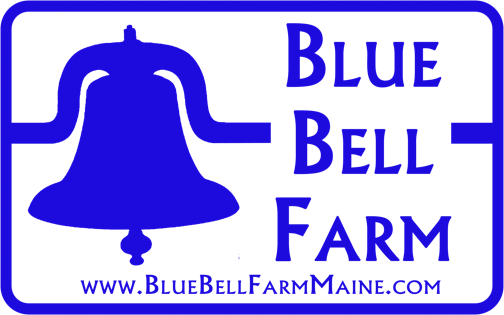The seed orders have arrived!
Fedco
and Johnny's
Whenever I get my seed orders I go through several phases.
Phase 1
"Hooray my seeds arrived!"
Phase 2
"Wait, that's it? I thought there would be more..."
Phase 3
"Plants are amazing! I can carry the source of a year's worth of produce in one box"
Phase 4
"Oh dear, to get that produce, all these need to be planted, and watered, and coddled, and picked, and washed, and distributed..."
Phase 5
"Hooray! I get to plant, and water and coddle and pick and distribute!"
Phase 6
"Where's my beer?"
Most of the biggest bags you see there are not actually for us to eat. They're for either the chickens to eat, or for soil microbes to eat. For the chickens there's a pasture mix with perennial grasses for locations where other crops will not be planted for years. Also for the chickens are a mammoth forage beet for locations where other crops might be planted next year. The clover is for the microbes, and to keep the soil covered in the rest of the field between plantings. Lastly, the winter rye will cover the field this fall when the season is done.
For a poetic quote relating to cover crops, I'll refer to a story about Wangari Maathai on the NPR program Living on Earth last year. She's mostly referring to trees, but I feel the philosophy is the same:
When God created the earth, he covered it the way it is here. The soil is supposed to be covered in its green color. When you see the soil, it is crying to be clothed with green vegetation. That’s the nature of the land. So, when the soil is exposed, in many ways, it is crying out for help - it is naked - and it needs to be clothed. It needs color. It needs cloth of green. That is where the concept of the Green Belt Movement came from. It is to clothe the earth with her dress.
-Wangari Maathai, Nobel Peace Prize winner and founder of Kenya's Green Belt Movement
I'll do my best to keep a green dress on my soil!
In the mean time, there's that polypropelene row cover I got last week which will help grow the green clothes.
I unrolled and cut off 15 feet of the 30 foot wide row cover. 15 feet is the width of my hoop house, so, now I can cover 30 feet with one long strip. The short end I attached to a plastic pipe, so I can roll it up, and pull it square across the growing beds single handedly.
Inside the hoop house I strung some supporting ropes above the soil. These are attached to the metal hoops and at places on the end wall where I can raise up the ropes as plants grow. This should keep the row cover just above the growing plants to optimize heat retention at night, but not be squishing them. Elliot Coleman recommends wire hoops, but you work with what you got.
All rolled out, the little seedlings in there will have excellent frost protection.

























